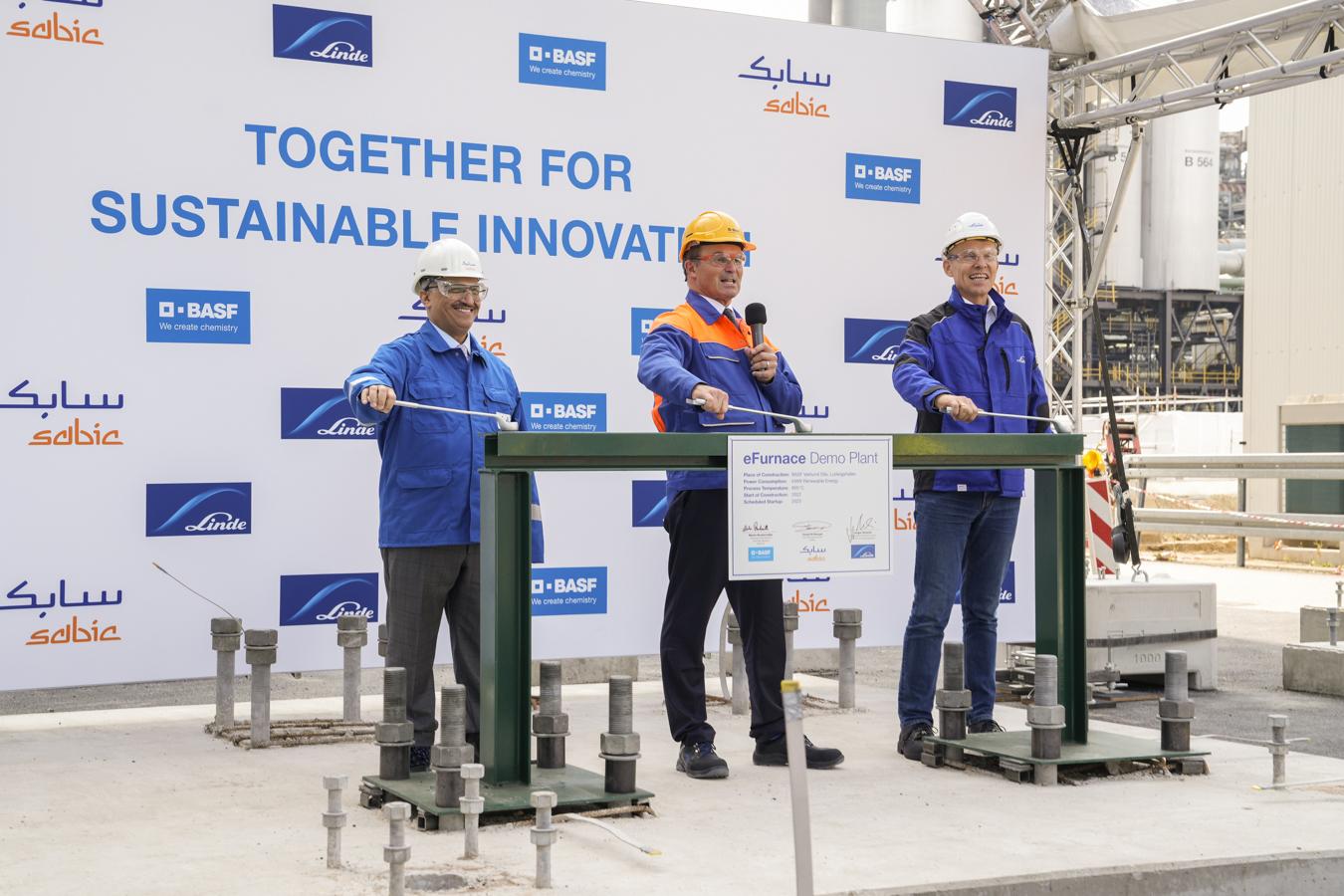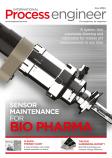
Chemical firms Basf, Sabic and Linde have begun construction on what is reportedly the world’s first demonstration plant for large-scale electrically heated steam cracker furnaces.
Traditional steam cracker furnaces form one of the most energy-intensive production processes within the chemical industry. Steam crackers play a key role in the production of basic chemicals and require a significant amount of energy to break down hydrocarbons into olefins and aromatics. The reaction is usually conducted in furnaces at temperatures of around 850 degrees Celsius, reached by burning fossil fuels.
Offering a more environmentally-friendly approach, the new plant’s technology will use electricity from renewable sources instead of natural gas, potentially reducing CO2 emissions by 90% compared to conventional steam crackers.
The demonstration plant will be fully integrated into one of the existing steam crackers at Basf’s Verbund site in Ludwigshafen in Germany, and will test two different heating concepts. With start-up planned for 2023, the plant will be capable of processing around four tons of hydrocarbon per hour and will consume six megawatts or renewable energy.
“Basf’s mission is to achieve climate neutrality, and electrification of the hugely energy-intense steam cracker is a significant milestone in our transformation journey towards net zero,” said Dr. Martin Brudermüller, chairman of the board of executive directors of Basf SE. “We are proud that Basf has been granted project funding by the German Federal Ministry for Economic Affairs and Climate Action, as it is a testament to the support of our approach also by policymakers.”
The ministry has granted the project €14.8 million to support the development of the novel furnace technology as part of its ‘Decarbonisation on Industry’ program.
The demonstration plant hopes to show that continuous olefin production is possible using electricity as a heat source, and is capable of testing two heating concepts in parallel. A direct heating process will apply an electric current directly to the process tubes inside the reactor, while an indirect heating method will use radiative heat of heating elements places around the tubes.
According to Basf, Sabic and Linde, testing both of these concepts in tandem will make it possible to react flexibly to different customer and site requirements.
“This project demonstrates how global companies can successfully collaborate by combining their expertise in technology development, engineering, procurement and construction execution and operation,” added Jürgen Nowicki, executive vice president of Linde and CEO of Linde Engineering.
“The timely delivery of the demonstration plant will be a major milestone on the path to making sustainable solutions available to the petrochemical industry. We are proud to be part of this breakthrough project.”


















